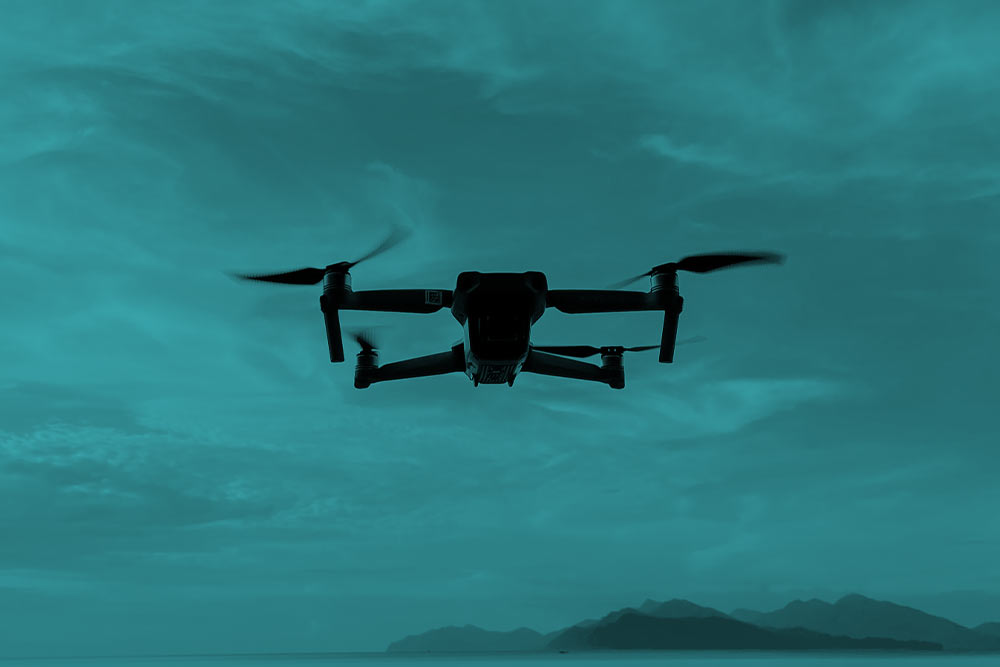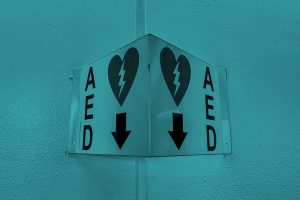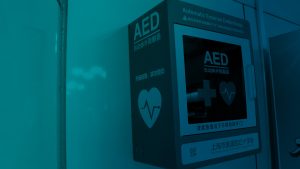
Introduction: Drone-delivered automated external defibrillators (AEDs) may reduce delays to defibrillation for out-of-hospital cardiac arrests (OHCAs). We sought to determine how integration of drones and selection of drone bases between emergency service stations (i.e., paramedic, fire, police) would affect 9-1-1 call-to-arrival intervals.
Methods: We identified all treated OHCAs in southern Vancouver Island, British Columbia, Canada from Jan. 2014 to Dec. 2020. We developed mathematical models to select 1-5 optimal drone base locations from each of: paramedic stations, fire stations, police stations, or an unrestricted grid-based set of points to minimize drone travel time to OHCAs. We evaluated models on the estimated first response interval assuming that drones were integrated with existing OHCA response. We compared median response intervals with historical response, as well as across drone base locations.
Results: A total of 1,610 OHCAs were included in the study with a historical median response interval of 6.4 minutes (IQR 5.0-8.6). All drone-integrated response systems significantly reduced the median response interval to 4.2-5.4 minutes (all P<0.001), with grid-based stations using 5 drones resulting in the lowest response interval (4.2 minutes). Median response times between drone base location types differed by 6-16 seconds, all comparisons of which were statistically significant (all P<0.02).
Conclusion: Integrating drone-delivered AEDs into OHCA response may reduce first response intervals, even with a small quantity of drones. Implementing drone response with only one emergency service resulted in similar response metrics regardless of the emergency service hosting the drone base and was competitive with unrestricted drone base locations.






